After four relaxing days, we leave Palula beach with a well-stocked refrigerator (fish and shellfish from the local market) but after about five kilometers we suddenly realize that we forgot the frozen stew in the campground freezer and have to go back to get it.
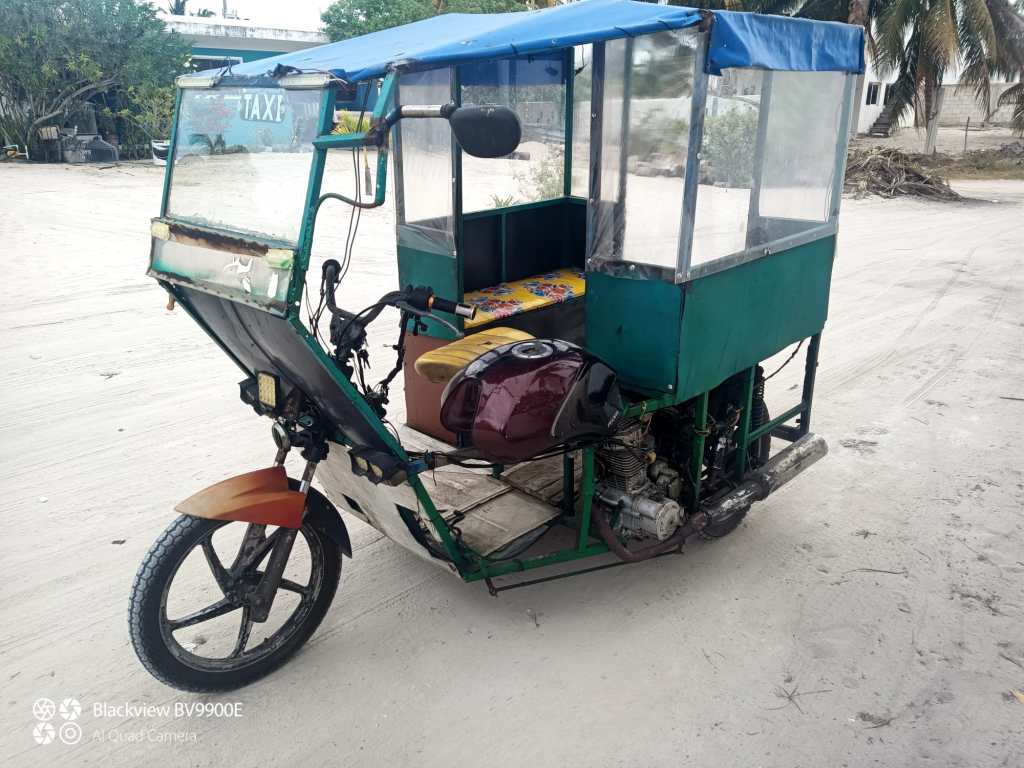
We make a short stop at Izamal, the yellow city (all the houses are painted the same yellow colour), and then head for Chichen Itza, the pearl of the Mayan sites.
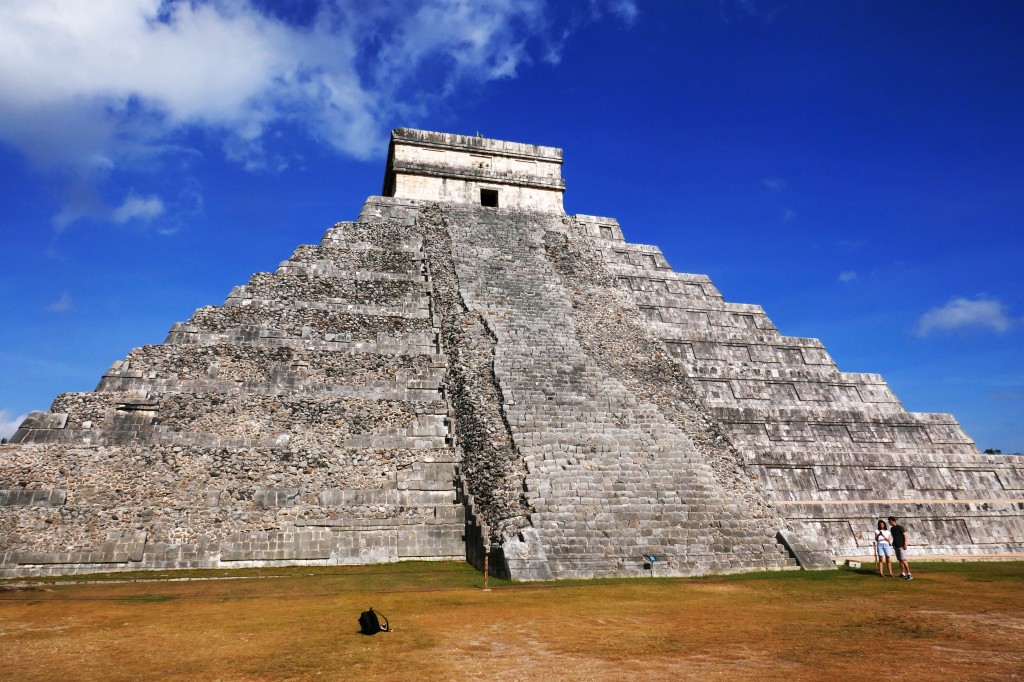
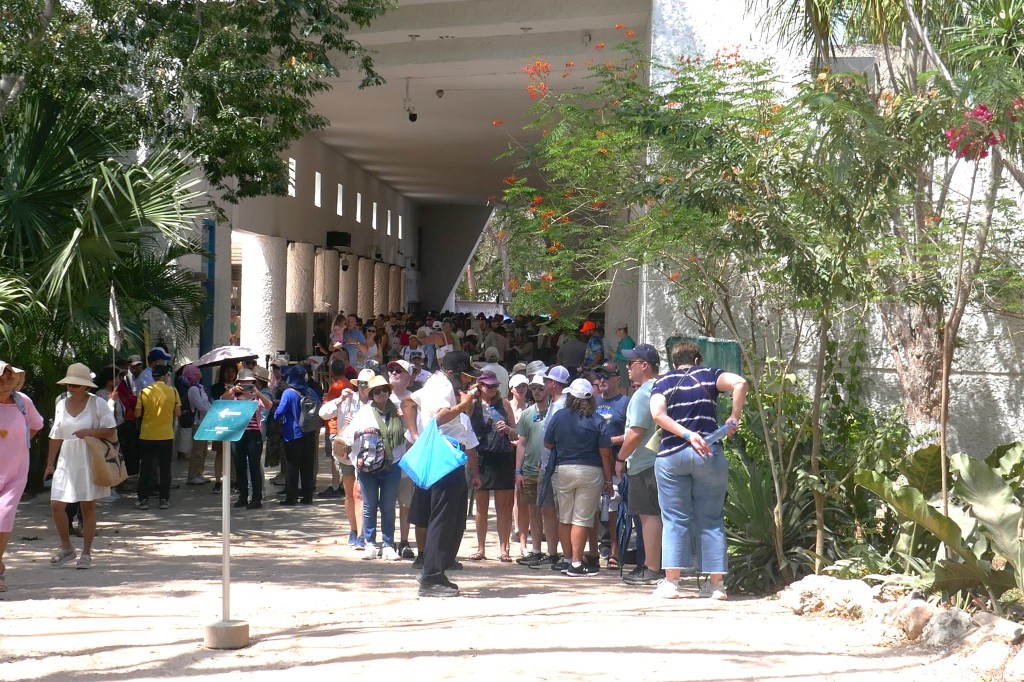
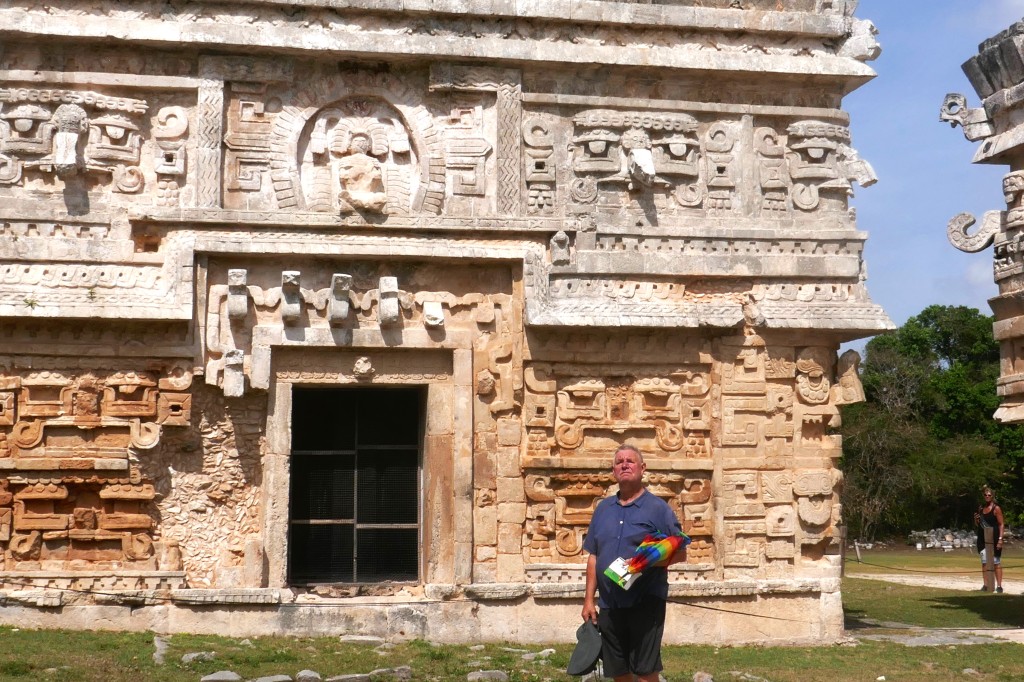
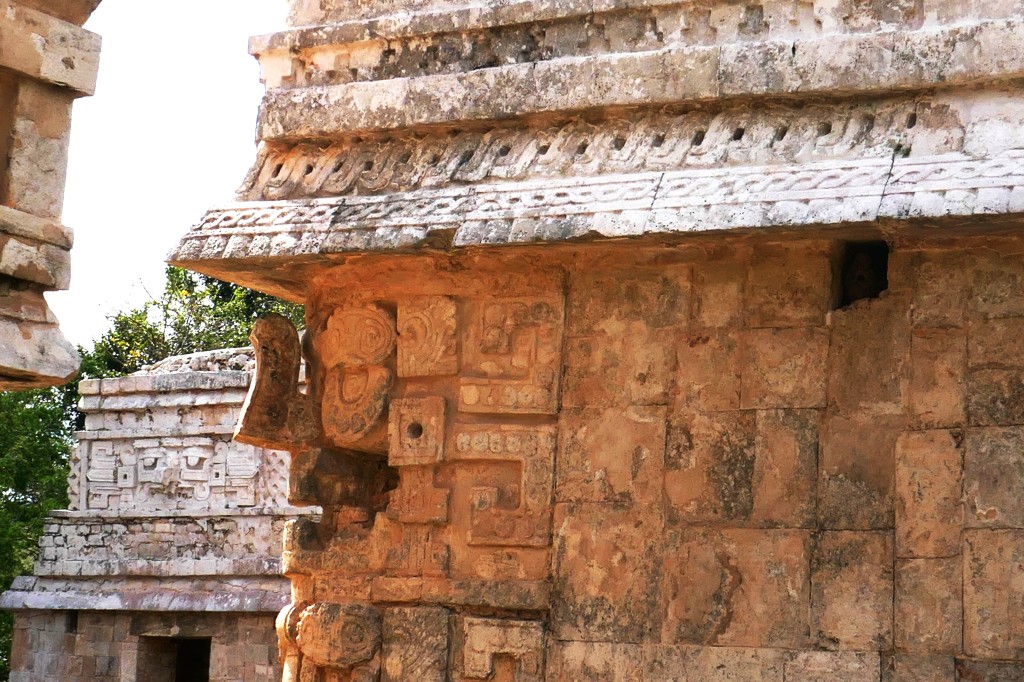
We spend the night in the parking lot of a hotel, a little hidden behind plants that also muffle the sound of traffic. In the morning at 8 am we take a cab, which drops us off at the entrance to the archaeological site. We are amazed that there are so few tourists and no souvenir stands yet and we can walk around smoothly and quietly (from 10:30 onwards the buses with tourists arrive and the souvenir shops have to be rebuilt every day). The pyramids and temples are impressive, we cannot stop admiring. When we leave, there is a crowd of people queuing at the entrance. Valladolid is the next beautiful city with a pyramid, which is not very impressive. It takes a long time to find a supermarket. Outside the center there is a campground on a large property with fruit trees, cactus fields, two large green ponds and a hotel. The owner has a tequila distillery right across the entrance. The accommodation is brand new and we only miss a swimming pool to keep us there longer. We wisely decline the invitation to tour the owner’s factory. Our next destination is Cancun where we have an appointment with Marnix, Michels former co-volleyball coach and his Spanish wife.
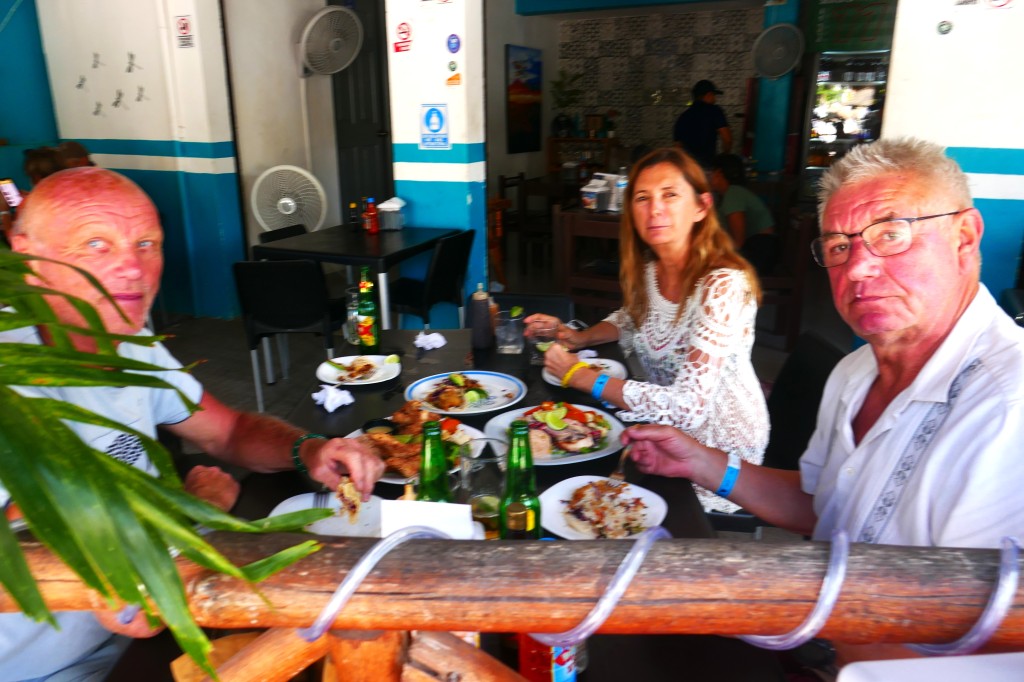
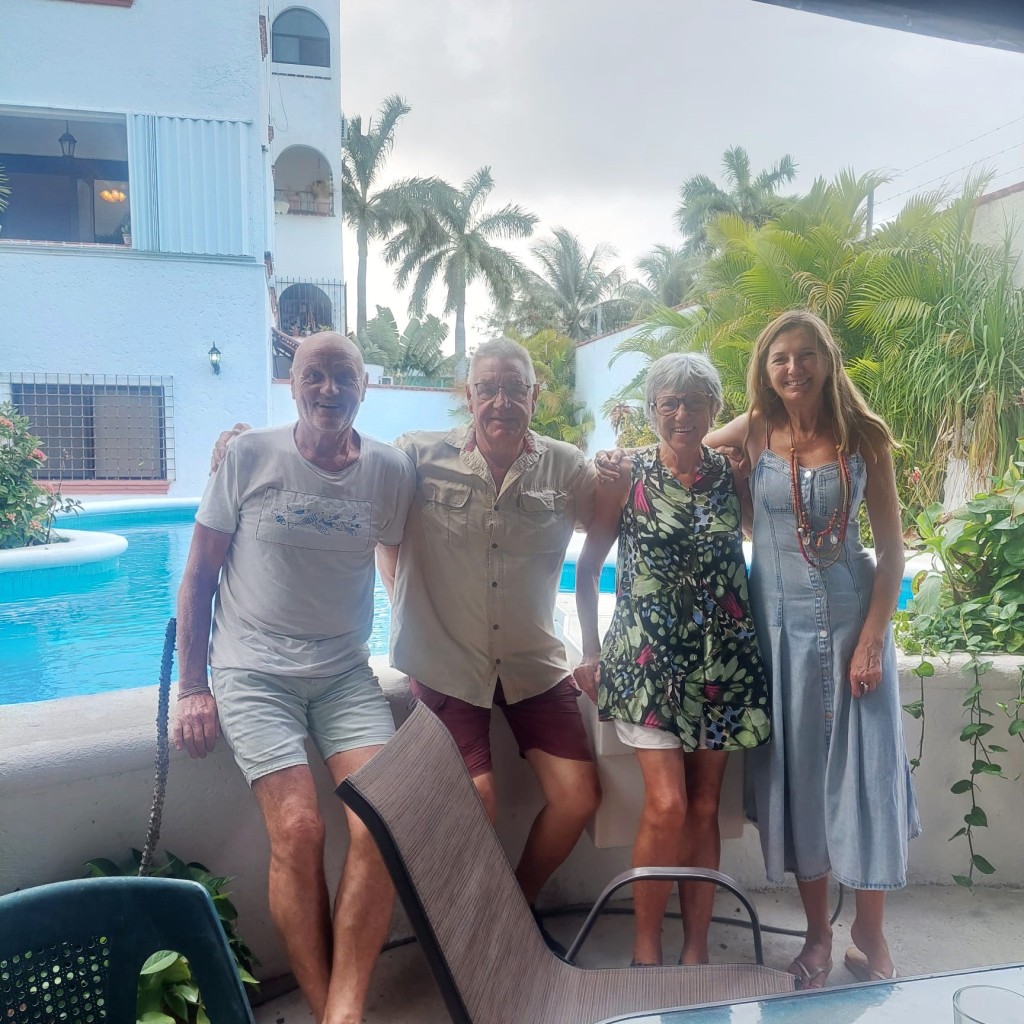
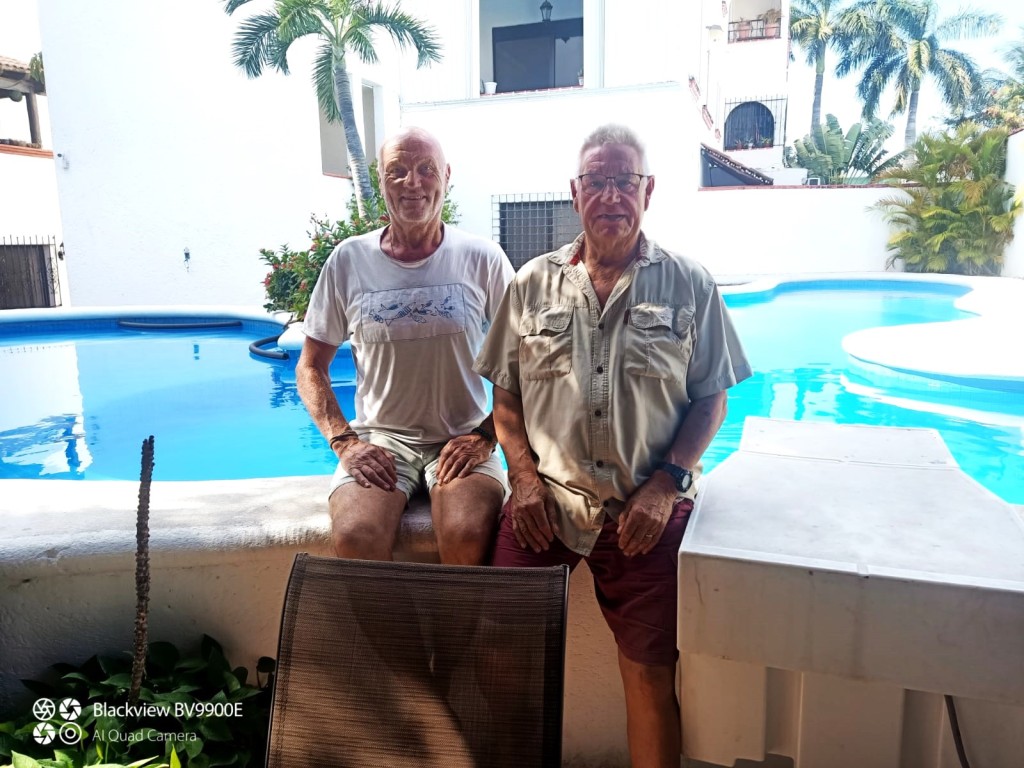
They are visiting their daughter who works in Cancun for a Spanish hotel chain. Marnix and his wife stay in the apartment of their daughter and Marnix proves again to be a fine handyman, but curses the lack of material in the stores. During our visit by the pool, there is a lot to talk about. We spend pleasant hours with them and the next day go by rental car to the very bright Cenote Xunaan-Ha, in open air beautifully situated. At the campground where we stay we have the company first of a Dutch couple and then of a French couple, Patrick and Brunette. Patrick and Michel help each other with all kinds of chores on their campers and have a lot of fun together, sharing the same sense of humour. The sea is across the street but the beach is not accessible. Large hotel complexes are being built everywhere and the beaches are reserved for hotel guests. There is a stretch of public beach about 2 km from the campground. The sea is a azure blue and Roos goes for a swim one morning. On the campsite there are two swimming pools, Roos makes good use of them. One morning we see a walking branch, a very thin insect, you wonder where its organs are.
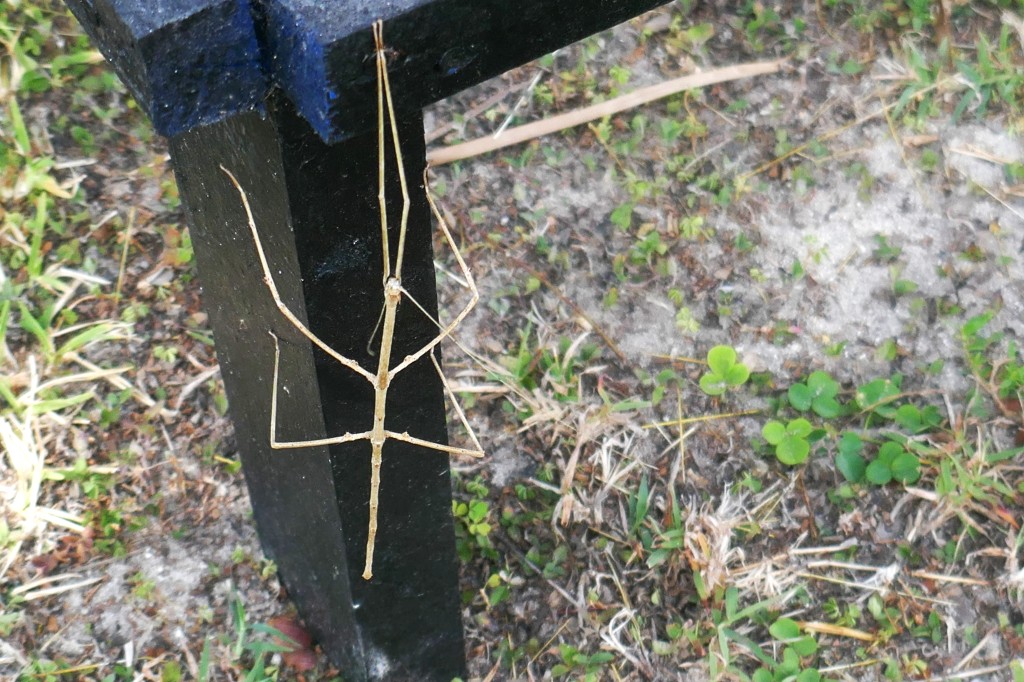
The planned boat trip to Isla Mujeres is cancelled, literally because of too much wind. Along the way, we arrange the storage for the next six months and also order via Amazon a new roof window. Further south in Paa Mul we go to a campsite near a hotel. There are many vacation houses, occupied almost exclusively by not-so-young Americans, some have their caravans built in and connected to the various utilities such as water, sewer and electricity. That way they can stay permanently. There is an atmosphere of the “dolce far niente” here. Most get around by electric golf cart, even for short distances. On Thursdays there is a food market and booths selling artisan items. The sea is clear and when snorkeling we see a stingray every time. Michel gets a rash again and we go by cab to a centro de salud in Playa de Carmen. The doctor prescribes antibiotics. We travel on to the border with Belize anyway because Michel is not hindered by the medication. After another night at the Laguna Milagros, close to the border of Mexico and Belize, we drive to the border crossing on April 2. Roos thinks her residence permit expires on April 13 but the friendly immigration officer points out that we can stay in Mexico until September 2024. At the Banjerito office, we actually get the deposit back we paid in November 2023. In the province where we are now, Quintana Roo, the camper is allowed to stay with no time restriction. That saves a lot of hassle and costs. We are relieved that everything is going so smoothly and stay in Mexico. A place by the vast lagoon of Bacalar seems like a good idea. The water is blue from a distance and is very clear up close (comes from water purification from rocks overgrown with bacteria).
Michel questions the prescribed antibiotic treatment, however, and after yet another doctor’s visit, suspicions are confirmed. Stopping the antibiotics is the message. Since there is no wind, temperatures rise to 39°C. The air conditioning in the tsjolbak brings relief and for the first time we take shelter from the heat inside in the afternoon and evening. Only after 8 pm does it cool down. The next day the morning temperature is 23°C.
We book our Cancun-Brussels flight online, with no stopover on April 24. The sailing trip on the lagoon seems very attractive and we book, together with Sarah from Bristol and Claudio from Cordoba Argentina, we do a three-hour trip in the Laguna Bacalar. The guide Annie andthe skipper Armando are very sympathetic. The lagoon is a narrow freshwater lake, 60 km long and 2 km wide and is famous for its sky blue colour, caused in part by the white limestone soil. The lake is fed by 450 underground rivers, whose open pools are called cenotes. It is part of the world’s largest water cave/tunnel system, along the coast of the Yucatan Peninsula.
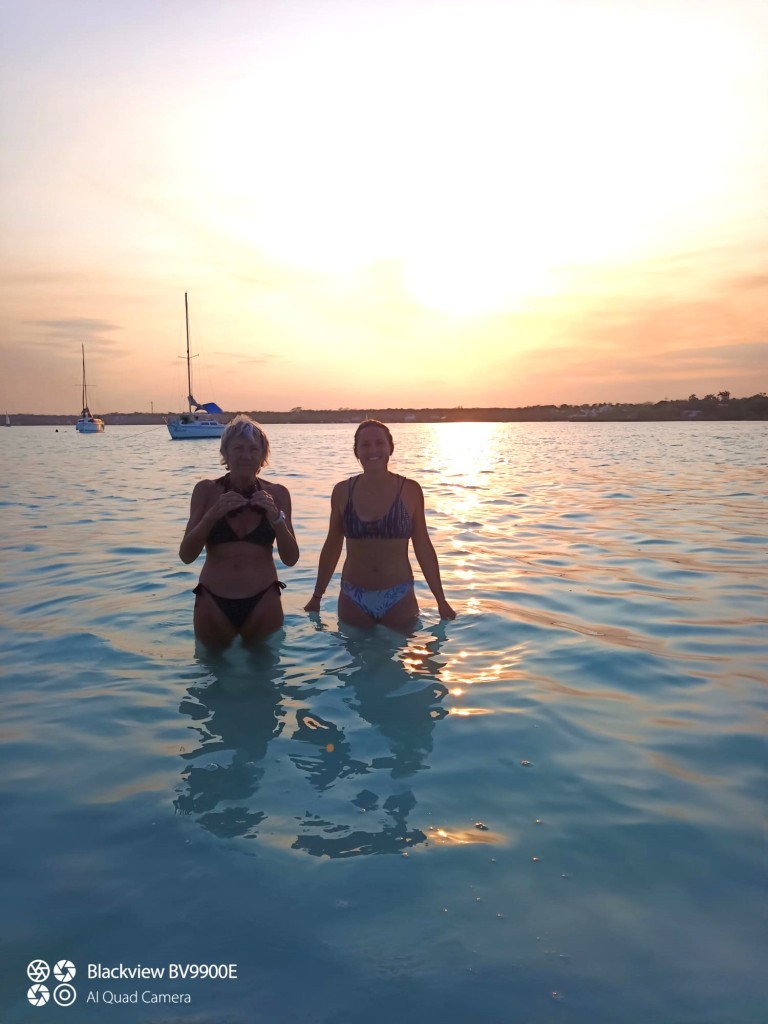
We go a little further south and end up at the resort of Yax Ha, we choose a place on a point of land and our tsjolbak is surrounded by seawater, as if we were camping on a boat. In the afternoon there is deafening music at the pool. In addition to that noise, there is also a lot of wind and swimming in the sea becomes impossible, however there is a pool. We hope to find better places on the coast.
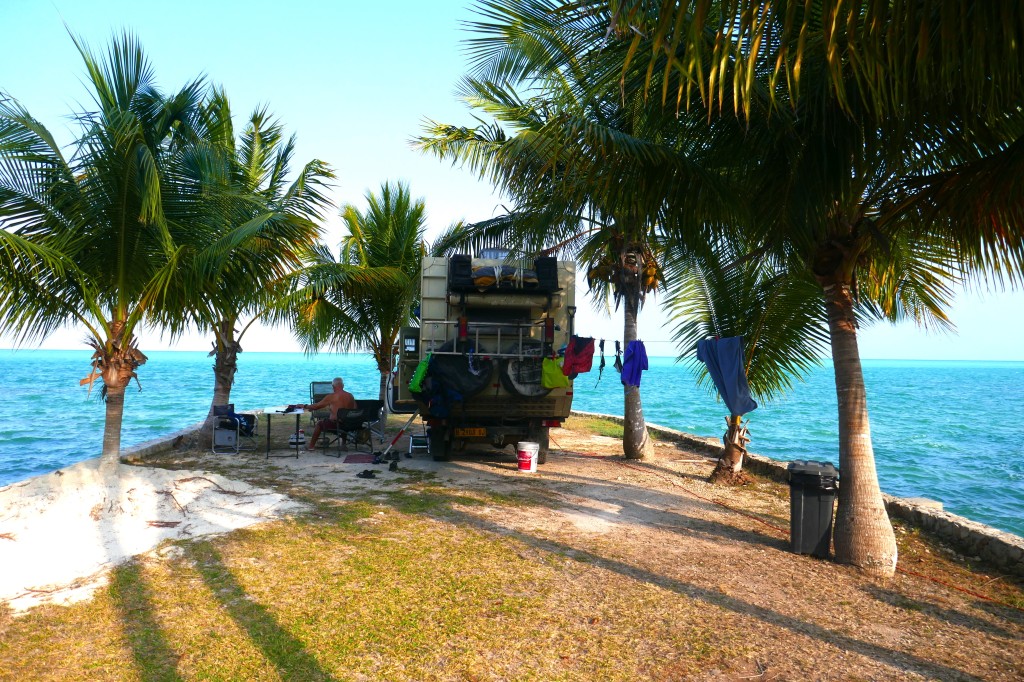
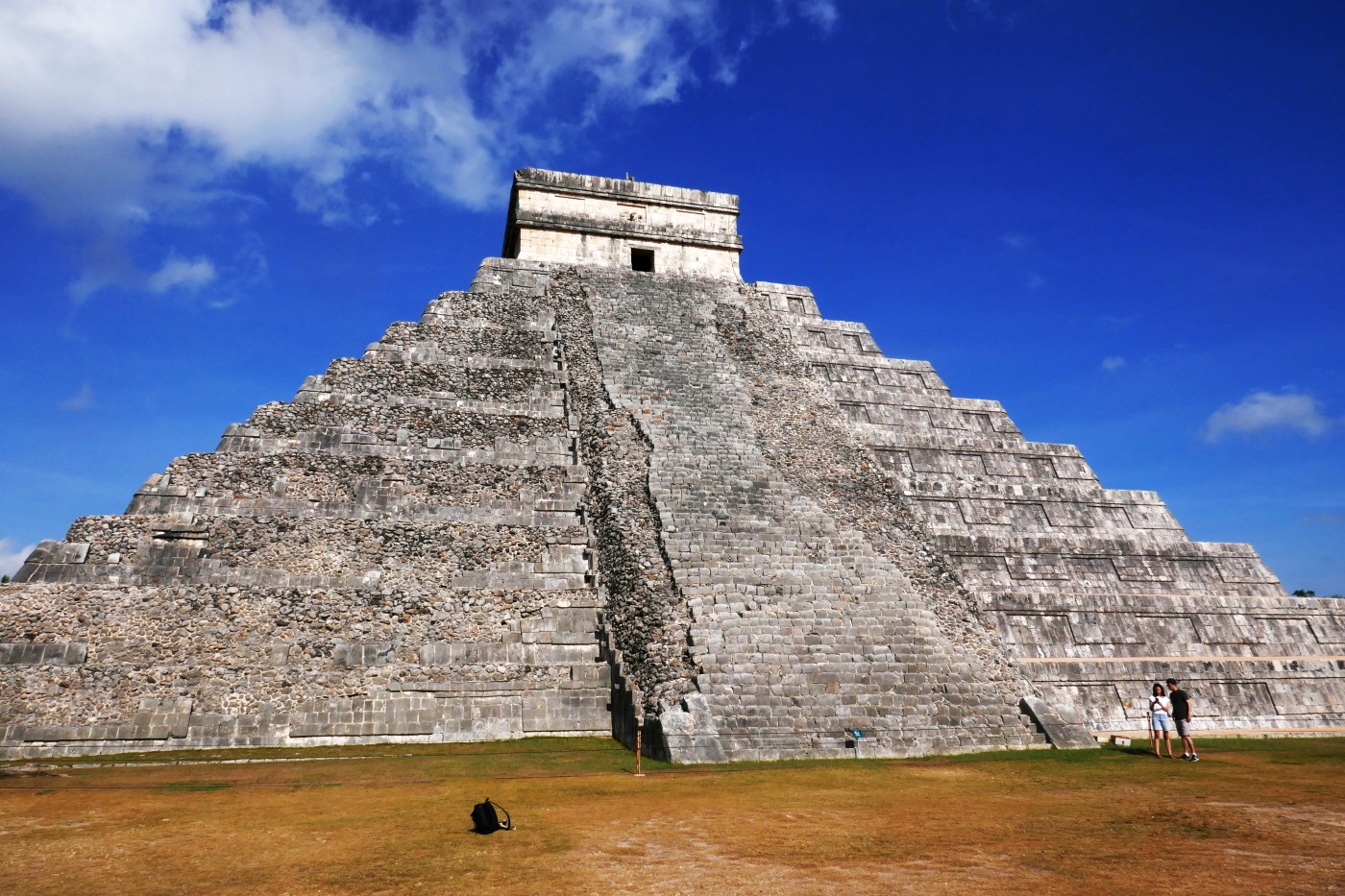
Plaats een reactie